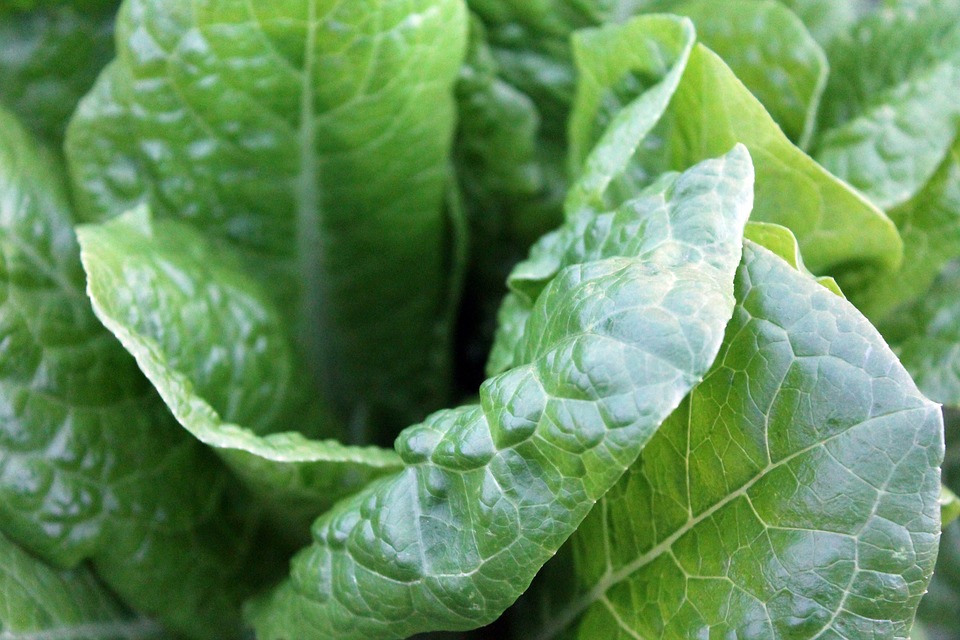Scientists at MIT have incorporated sensors in “carbon nanotubes” and placed them in spinach leaves enabling the plant to detect a wide range of molecules. These “nanobionic spinach” have detected explosives in subterranean waters, “hydrogen peroxide”, sarin gas and even “trinitrotoluene” – a type of explosive.
Spinach fitted with sensors [1] could therefore be used to reveal numerous pollutants and trace elements. The plants could also be used to locate dryness and several changes in soil properties.
This is a first step towards digitising plant information. The ultimate aim is to improve our knowledge of environmental sciences, agriculture and health.
[1] The spinach is not edible!
Paris Singularity (Loïc Bardon) 24/11/2016
Photo : Pixabay, DR.

